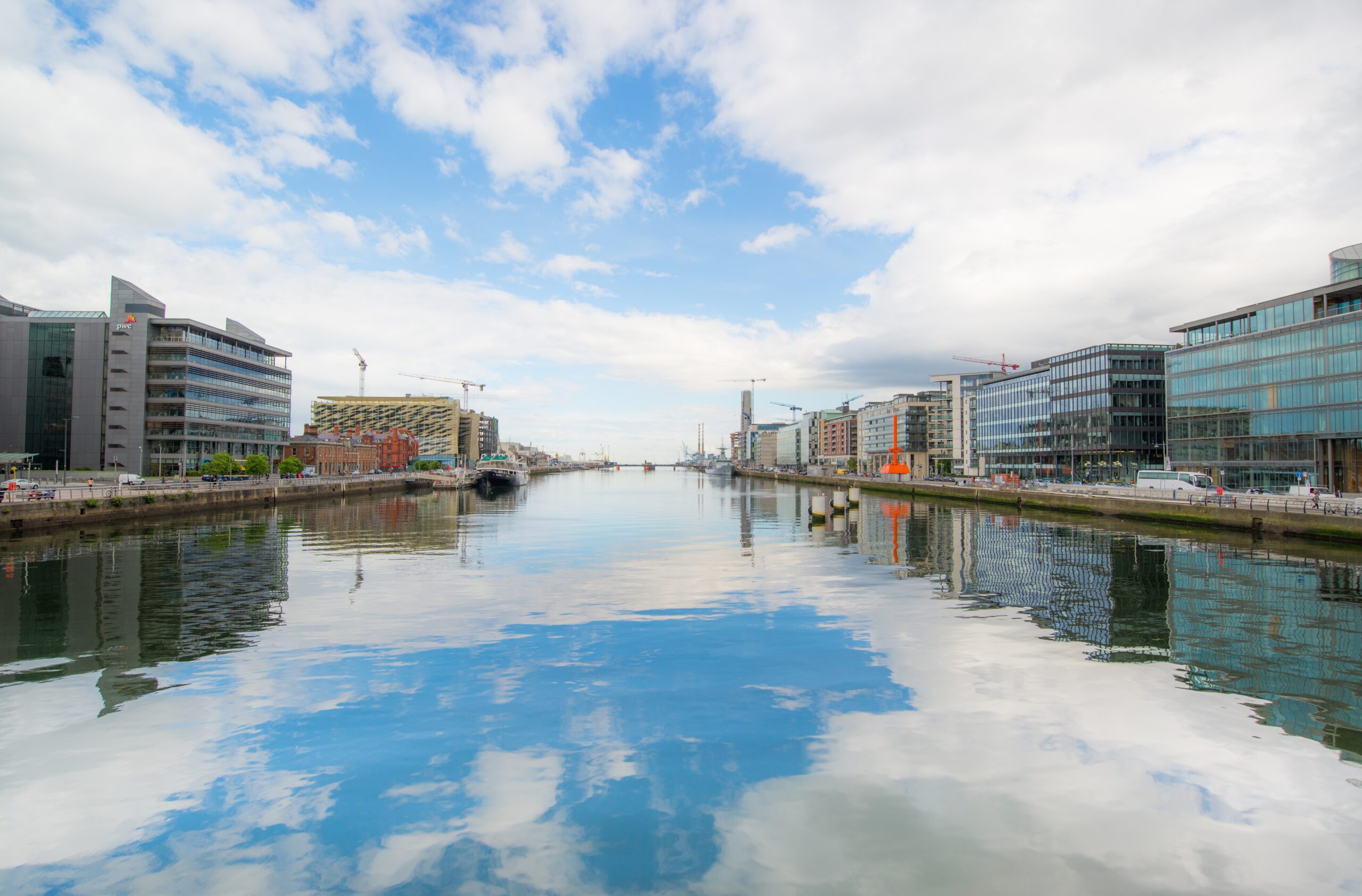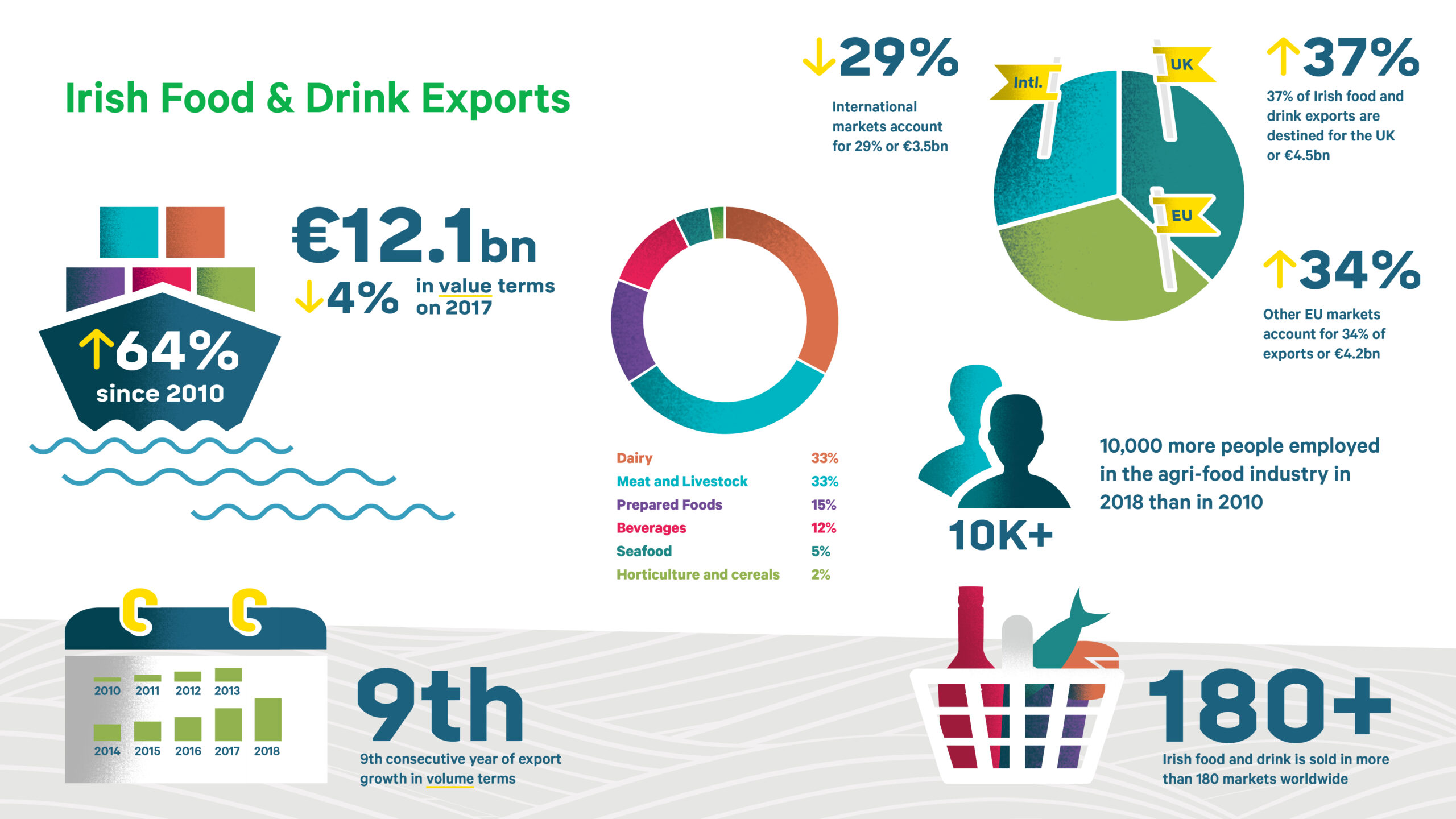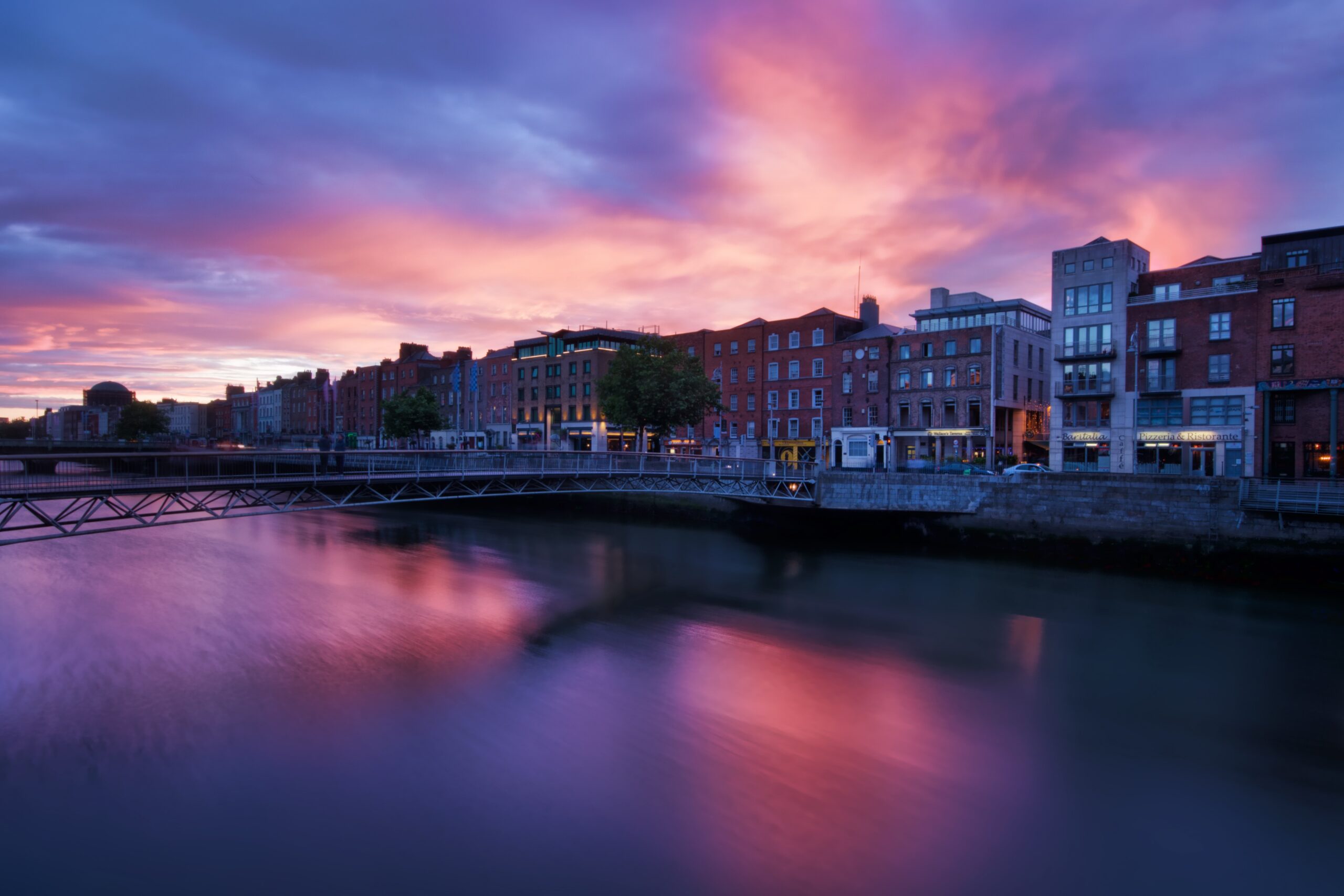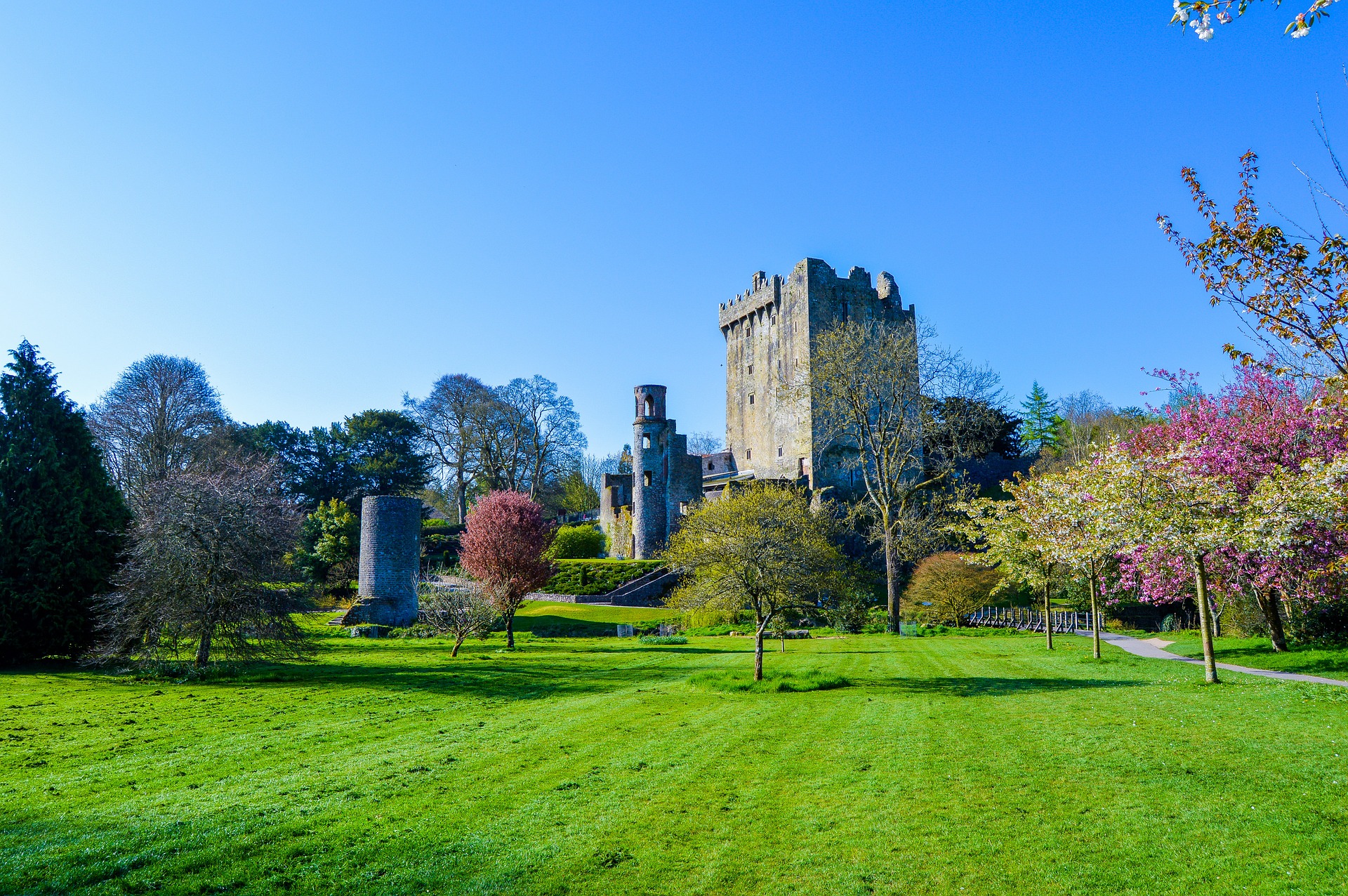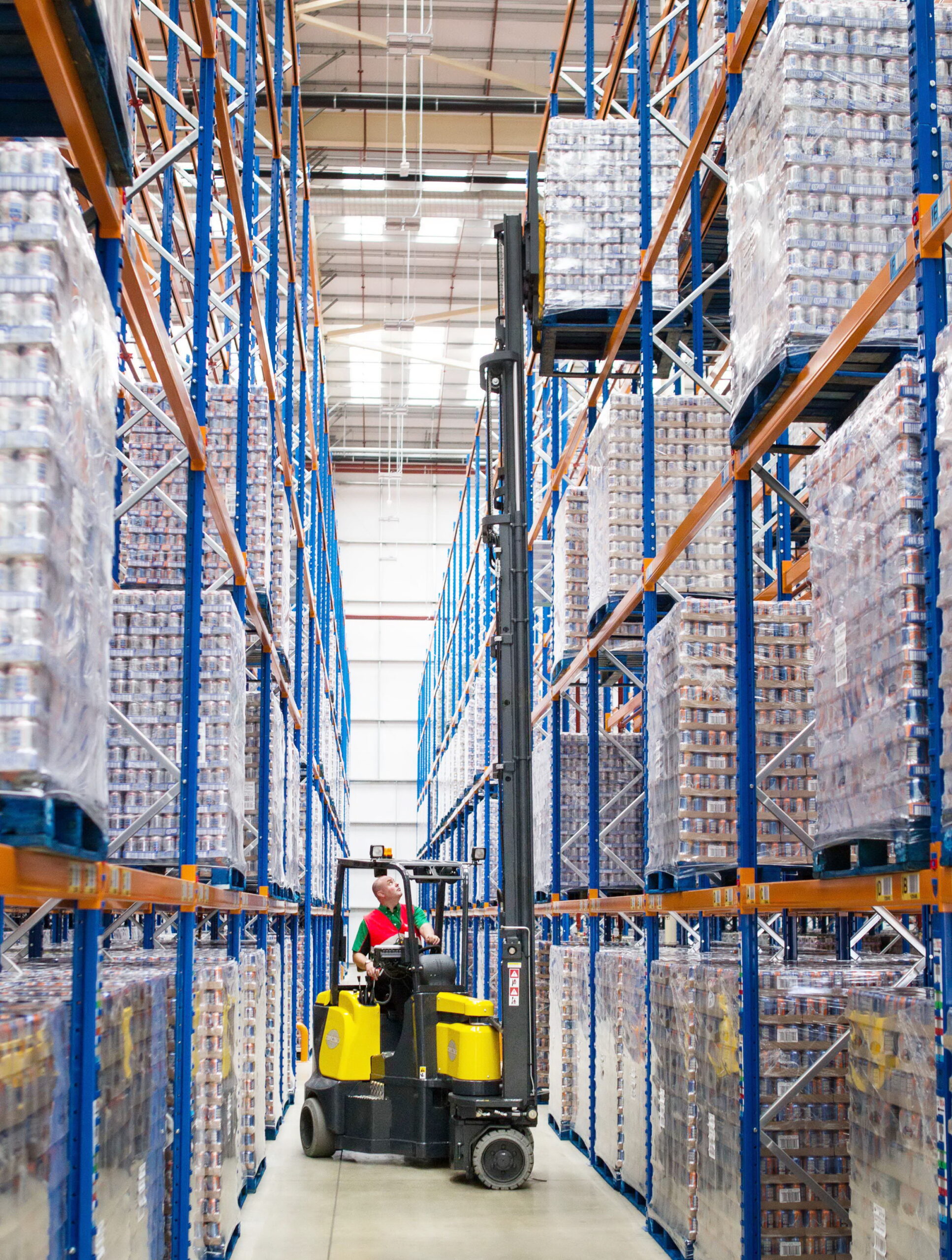Mass investments aim to support and ease transit
The sector is one of the fastest developing branches of the economy in Serbia. Value of ongoing projects in infrastructure is EUR 5 000 million. Needs for future transport plans is EUR 6 000 million.
Serbia’s strategic location at the crossroads of European traffic Corridors offers great opportunities in developing road, river, air and freight transport. Pan-European Corridor X, also referred to as Corridor 10, runs between Salzburg in Austria and Thessaloniki in Greece with both road and railway infrastructure passing through large portions of Serbia. In addition, Europe’s second longest river, the Danube river, also referred to as Pan-European Transport Corridor VII connects the nation. However, it is mostly underdeveloped. The transport sector accounts for nearly 15 percent of GDP and is a crucial sector in the economic competitiveness of Serbia. Within the sector, over 6 500 companies are employing approximately 124 000 people, which accounts for 11,21% of national employment.
As an official candidate country, Serbia’s transport policies are increasingly in line with EU Transport policy. Serbia is moderately prepared, and good progress has been made in transport policy alignment in its accession negotiations. Some critical areas with notable improvements include social legislation for commercial road transport, opening of the rail market, and transport accident investigation. Areas that need improvements include; adopting legislation to increase road safety, and additional reforms of railways.
The preferred mode of transport in Serbia is road freight which continues to increase rapidly. Railways were once the leader. However, they keep losing traffic. This trend will continue until the massive infrastructure renewal plans currently underway further facilitate their use. Railways are expected to gain market share in the coming years quickly. Waterway transport remains low and stable.
Serbia plans to increase its competitiveness in the contest for co-modality. International inland freight transport reached 27 million tonnes in 2017. The most prominent challenge to the transport sectors development is infrastructure quality which is increasingly being addressed. Infrastructural projects are on the rise.
Railways: The high-speed railway Belgrade-Budapest; and the modernization of the railway track Belgrade-Bar are ongoing and will soon revitalize this crucial segment of Serbia’s transportation network.
Highways: Corridor X will be completed in 2018; Corridor 11 is being built and opens opportunities for development of the Western Serbia region; Niš-Priština; Belgrade-Sarajevo; Novi Sad-Ruma with the tunnel through Fruška Gora.
Airports: Upon giving the airport in concession, the constant investments in Airport Belgrade will be additionally increased. This will have positive impacts on other economic sectors; the accelerated development of the airport in Niš in 2016 and 2017 with new low-cost companies and cargo transport fostered economic growth in South Serbia.
Railway: Serbia’s railway system is in the process of modernization with over EUR 3 000 million being invested into revamping the network.
Corridor X comprises both railway and roads and is one of the most important projects currently being implemented nationwide. It is part of the Pan-European network to facilitate the connectivity with other parts of Serbia and other neighboring countries. It is crucial for Serbia’s competitiveness and allows connection with the heart of Europe, Greece and furthermore to Asia.
As the main route of Corridor X, the goal is for the railway improvements to allow average speeds reaching 120-200km/h by 2020. Corridor X in Serbia has a total length of 803km and is the shortest line from Europe to Greece, Turkey, and the Middle East.
Serbia’s state railways consist of a holding company and separate subsidiaries for infrastructure management, passenger, and freight operations. “Railways of Serbia” has taken important steps towards reorganizing its assets, network, and staff. Since 2015, the sector is dominated by four now independent state-owned enterprises: “Serbian Railways” constitutes management of the holding. “Infrastructure Railways of Serbia (IZS)” manages Railway Infrastructure. “Serbian Cargo” is fully dedicated to rail transport of goods. The national operator manages the majority of international goods transported. “Serbian Train” handles railway passenger transport. These three companies were founded in the process optimization of business.
Financial and operational sustainability of these independent railway operators needs to be maintained. Rail market opening is on track. Track access is available for domestic railway companies, and in early 2018 three additional companies entered the market. Additional efforts are needed to continue opening the rail market.
Railway infrastructure has been the focus of government plans. IZS has developed a total of 16 railway crossings in 2017 thereby further creating needed conditions for more regular and safer transit. An important step in building up speed, however, is the reduction of low-speed sections to below 50 km nationwide by 2018. This is the first hurdle to reaching speeds of 120km/h, the precursor of 200km/h speeds. According to general manager Miroljub Jevtić, IZS has reduced the number of lines impacted by speed restrictions by 40% from 296km to 179km and upgrades 10km of track daily. By the end of 2019, Serbia will have 450km of reconstructed tracks, with an average speed of 110km/h.
Work is underway on the 113km Pančevo – Orlovat – Novi Sad which will enable regular passenger services between Novi Sad and Zrenjanin, and freight train use of the Kalemegdan bypass in mid-2018. In January 2018, Serbia signed a €134m loan agreement with the European Investment Bank (EIB) for the modernization and electrification of the 100km Niš – Dimitrovgrad line in southeast Serbia. The European Union will provide an additional €73 million for the €260m project. IZS has sped up the reduction of these hurdles and is one of the most significant governmental entities continuously improving the competitiveness of the nation.
The construction of the Belgrade – Budapest link is amongst the essential Serbian infrastructure projects. The investment will reach nearly EUR 1 000 million and is vital for China’s One Belt, One Road initiative. China’s Exim Bank finances it.
China is interested in this route because of cargo transport from Piraeus harbor to central Europe – inland “New silk road” that spreads through Bosphorus and Balkan, and via sea in Piraeus port in Greece. Given Serbia’s location, it has an excellent chance to be a serious regional market and transit hub. The Belgrade-Budapest railroad will be vital because the need for cargo transport will be higher due to a more significant volume of cargo coming from Piraeus to the north of Europe. When the construction ends the amount of cargo transported could be 20 million tons.
Roads: Serbia’s road network is well-developed with a 727 km of highways. The nation has excellent connectivity with its Northern neighbors, and projects are currently in place to improve the lacking connections with its Southern neighbors.
The most important E-roads in Serbia are E-65, E-70, E-75, and E-80. For the most part, they are a part of the Corridor X. Serbia’s road network is used by 80 million passengers and over 5,5 million tonnes of cargo per year.
The current estimate of the investment into the road Corridor is EUR 1 200 million, and it does not include any of the future developing plans. The expectation is once the construction of all the roads has been completed, the network will amount to 1 350 km, which is the most extensive highway network in the region.
The central part of the Corridor X, which commences at Belgrade and runs South through Niš, has been completed and operational since the 90s. The Northern branch of Corridor X, E-75 from Belgrade to the border with Hungary, was completed in 2012. The construction of the East section from Niš to the border with Bulgaria, East Branch EAT of the Corridor X highway, has commenced and is the shortest connection between Western Europe and Asia, through Bulgaria and to Istanbul. The second southern branch of Corridor X is from Niš to the border with the Former Yugoslav Republic of Macedonia which is 86 km long.
Another crucial road is the 270km E-76 free highway, which connects Serbia to Montenegro. It will allow efficient trade and transport. Montenegro is connecting to Port of Bar. Through these construction activities, once the roads have been completed, Serbia will have full connectivity to two huge ports, one being Bar and the other one Port of Thessaloniki. The completion of the highway connecting with Serbia and further on to Romania will achieve a more effective transit trade route which Italy is already keen on capitalizing on.
To date, a link is missing for Central Serbia to develop. Strategic plans envisage construction of two more highways, which do not have the status of Pan-European networks but will facilitate the connectivity within Serbia, one of them being the so-called Moravian Corridor, which connects E-80 with E-763. The road leading to Montenegro, which passes through Central Serbia and will furthermore connect Čačak and Kruševac, which are two entrance and exit spots on existing highways.
With these new road networks, Serbia will connect to all its neighboring countries, except with Bosnia and Herzegovina. It is the only connection missing. There are already intensive discussions between the authorities of the Republic of Serbia and the entities within Bosnia about the connection of these two countries and construction of this last missing link. Another missing link is the connection of Kosovo which has been on the agenda and supported by the European Union discussions between Niš and Priština.
Aviation: Serbia’s has two international airports that are growing steadily and increasingly improving their infrastructure. Nikola Tesla Airport in Belgrade and Constantine The Great airport in Niš.
Nikola Tesla airport is the largest airport in Serbia, and has a 90% market share of total passengers and cargo traffic. Situated 18km west of the capital the airport is regionally competitive and has regular flights connecting to over 38 countries. Nikola Tesla airport in 2017 had 5,3 million passengers, which is a 9% increase from 2016. In January 2018, the Government of Serbia granted a 25-year concession of the Belgrade Nikola Tesla Airport to the French airport operator Vinci Airports for EUR 501 million. Vinci will invest over EUR 732 million during this concession. Specially rehabilitating and reconstructing the airport’s runways. Professional management will quickly increase the efficiency and transit of passengers and cargo.
Constantine the Great airport in Niš, in contrast, had 331 582 passengers in 2017, which is 165% more than in 2016. The airport only had 27 426 passengers in 2012. The airport is quickly attracting low-cost airlines and is increasing rapidly in popularity as a tourism destination. Projections estimate the airport could grow to reach one million passengers by 2020.
Belgrade and Niš airports have both had a record transport of cargo in 2017. Nikola Tesla airport had 40% more than in 2016 with 19 758 tons of cargo, and Constantine the Great had 2 543 tons.
An essential element in the booming aviation sector has been Serbia’s strategic partnership with Etihad Airways in the formation of Air Serbia. The joint venture is creating a regional aviation hub attempting to gain market share from the massive and long-established Turkish Airlines hub in Istanbul.
Waterways: Serbian flag vessels transport only 20% of waterway cargo, while more than half of goods are carried by Romanian and Ukrainian ships. As a continental country with no maritime harbors, Serbia relies on inland waterways and its neighbors’ sea harbors. Two of the most critical being; Bar harbor in Montenegro and Thessaloniki in Greece. Two international rivers, one interstate river, and a canal system account for the majority of available waterways. The most important waterway is the Danube river. As a Pan-European corridor, it helps Serbian ports achieve a total turnover nearly nine million tons per year. Although water transport is economical, secure and ecologic ways of transportation, it only partakes with around 5% in the overall transport of Serbia. The EU average is 15%. The Netherlands is at the forefront at over 40%. Investments in this area are missing and are suffering due to lack of maintenance. Nonetheless, Serbia has taken measures in the positive direction. Thanks to the rivers Danube, Sava, and Tissa a Master plan for the development of waterways in Serbia until 2025 has been put forward. It will ensure river transport quadruples in size with the aim of reaching a 30% market share. Serbia is currently actively pursuing to attract new markets, modernize its fleet, invest in human resources, and ensure adequate infrastructure. The most important challenges regarding infrastructure include demolishing hydro projects on six spots on the Danube. Passenger traffic has been low, but stable with 85 000 tourists, and expected to increase with an additional focus on water tourism, ports, and yachting services.
Logistics: Serbian haulers move 60% of goods transported by road. Their expertise and local know-how have become essential for product distribution in the region. Complicated borders have furthermore strengthened the sector.
Serbia has improved its customs efficiency and border management clearance. Slavoljub Jevtić, the president of the National Association for Transport and logistics, said that the most significant obstacles when it comes to the development of logistics companies in Serbia are small margins, lack of modern storage spaces and adequate intermodal transport. The international competition, not well-developed distribution network and legal frameworks are also part of the problem.
As border crossing increasingly becomes easier the sector has capitalized on its expertise as a partner in growing market share for its clients.
Outlook: At the moment, Serbia has a lot of big projects underway. The value of current and planned investments will reach EUR 16 000 million. Serbia hopes when the projects finish, the country will be a primary transport and logistics hub, and better connected with the rest of the region. The most important projects are the construction of high-speed railway Belgrade-Budapest, reconstruction of the railway Belgrade-Bar, electrification of the railway Niš-Dimitrovgrad, finishing the Belgrade ring road, and Belgrade-Sarajevo highway. When the region achieves better infrastructural connection, time of travel between said cities can be reduced by 30-50%, mainly via railways. European commission gave Serbia a good grade for alignment with regulations in the road, air, railroad, and water transport. Reforms in the railroad domain were rated extremely positive.
What Serbia should focus on further is the implementation of intelligent transport systems, rationalization of work, developing new technologies, specialization of jobs and speeding up legal procedures. Corridors X and XI are not yet finished, new ports have to be constructed, as well as intermodal center in Belgrade.


